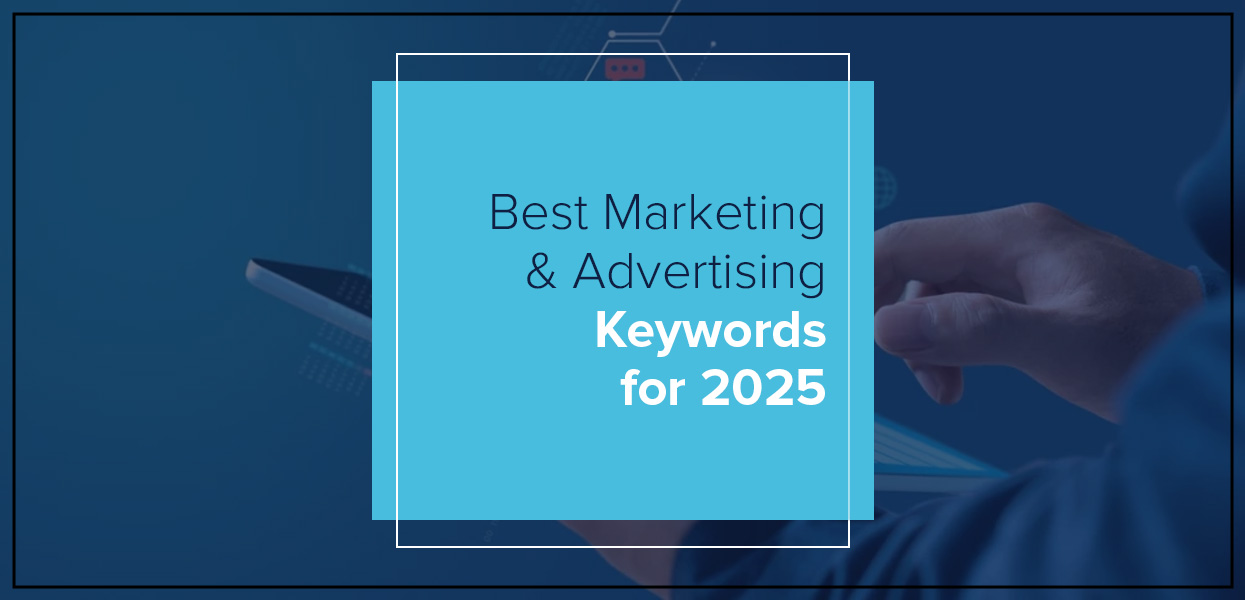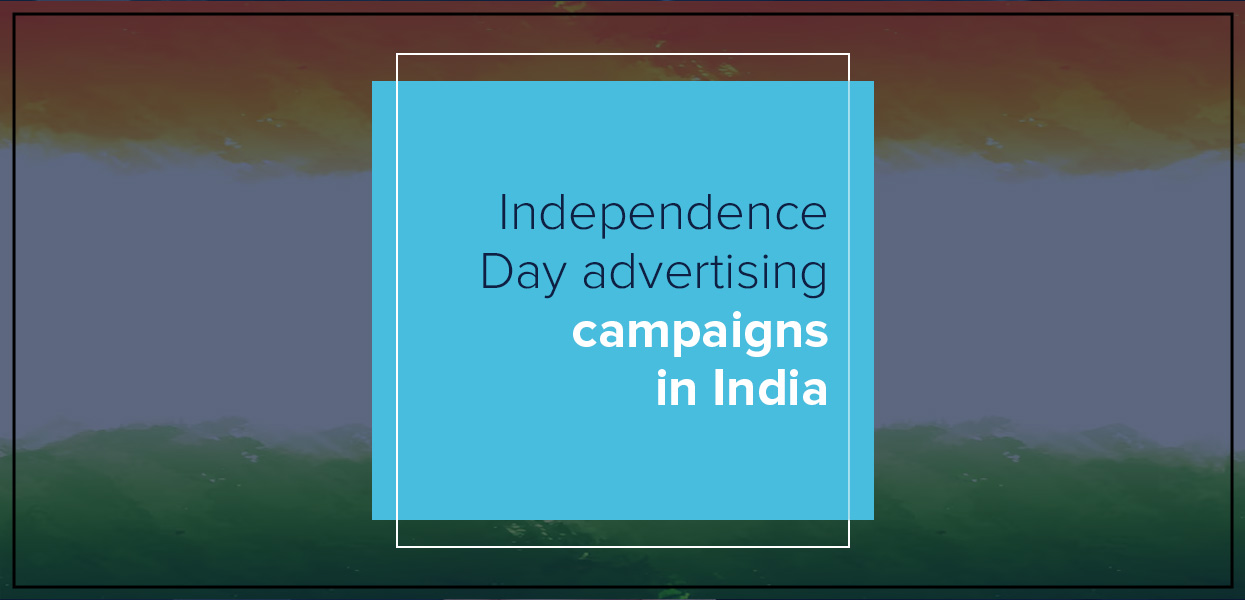What is ROS in Online Advertising?

Run on Site (ROS) in Online Advertising: A Comprehensive Guide
In the dynamic realm of online advertising, understanding key metrics is critical for marketers striving to optimize their campaigns. One metric that often surfaces is Run on Site (ROS)—an essential term for maximizing ad effectiveness and revenue generation.
This blog delves into the meaning of ROS, how it works, why it matters, and actionable strategies businesses can use to enhance their advertising efforts.
What is ROS (Run on Site)?
In online advertising, Run on Site (ROS) refers to ad placements that appear across all pages of a specific website rather than being restricted to particular sections or categories. This approach ensures that ads gain broad exposure to the website’s audience, maximizing visibility and potentially increasing engagement.
Unlike targeted placements, which aim to reach specific users or demographics, ROS campaigns rely on a site's overall traffic, making them ideal for advertisers looking to build brand awareness or promote products/services with mass appeal.
Why is ROS Important in Online Advertising?
ROS plays a pivotal role in the advertising ecosystem due to its unique advantages:
1. Maximized Reach
ROS ensures that ads are displayed across an entire website, giving businesses access to a larger audience. This can be particularly beneficial for brands aiming to increase awareness and recognition.
2. A Cost-Effective Strategy
Since ROS placements often involve less granular targeting, they tend to be more cost-effective than highly targeted campaigns. This makes it an attractive option for advertisers working with tight budgets.
3. Simplified Campaign Management
By running ads across a site without the need for complex segmentation, advertisers can streamline the campaign setup and management process.
4. Versatility
ROS campaigns are suitable for diverse objectives, including brand building, driving website traffic, or generating leads.
Factors Influencing ROS Performance
While ROS can be a powerful advertising tool, several factors impact its effectiveness:
1. Website Audience Demographics
The success of a ROS campaign depends heavily on the alignment between the website’s audience and the advertiser’s target market. Understanding the site’s user base is crucial to maximize relevance and engagement.
2. Ad Quality and Creativity
High-quality ads with compelling visuals, clear messaging, and strong calls to action (CTAs) are more likely to capture attention and drive results.
3. Website Content and Context
The type of content on the website hosting the ads can influence their performance. Ads that align with the site’s theme or user intent tend to resonate better.
4. Ad Placement
While ROS provides site-wide exposure, strategic placement within high-visibility areas, such as headers or sidebars, can significantly boost click-through rates (CTR).
5. Website Traffic Volume
The total traffic a website generates determines the scale of exposure for ROS ads. Websites with higher traffic typically yield better results for advertisers.
How to Optimize ROS Campaigns?
To get the most out of ROS advertising, businesses can employ the following strategies:
1. Research the Website’s Audience
Choose websites with a visitor base that matches your target audience to improve engagement and conversion rates.
2. Design Eye-Catching Ads
Create ads that stand out through bold visuals, engaging content, and actionable CTAs to grab user attention across various site pages.
3. Monitor and Analyze Performance
Track metrics like impressions, CTR, and conversions to evaluate the effectiveness of your ROS campaign. Use these insights to refine future efforts.
4. Test Ad Formats
Experiment with different ad formats, such as banners, video ads, and native ads, to identify which ones resonate best with the audience.
5. Focus on Cross-Channel Integration
Combine ROS campaigns with other advertising strategies to reinforce messaging and maximize impact.
Benefits of ROS for Businesses
By incorporating ROS into their marketing strategies, businesses can achieve the following benefits:
Increased Brand Visibility: Continuous exposure across a website enhances brand recall and recognition.
Simplified Advertising Process: With broad placement, advertisers can focus on delivering impactful creative without extensive targeting setup.
Enhanced ROI: Cost-efficient ROS campaigns can yield significant returns when executed effectively.
Conclusion
In today’s competitive digital landscape, Run on Site (ROS) remains a valuable strategy for businesses aiming to maximize their online advertising efforts. By understanding its dynamics and leveraging best practices, companies can harness ROS to enhance visibility, engagement, and overall profitability.
For expert guidance in creating impactful ROS campaigns tailored to your business needs, reach out to Uniworld Studios.
As a leading digital marketing agency, we specialize in delivering customized solutions that drive measurable results.
Contact us today to amplify your advertising strategy!
Categories
- Digital Marketing
- Website Development
- Graphic Design
- Content Writing
Latest Posts
-
- Essential Marketing & Advertising Keywords 2025



